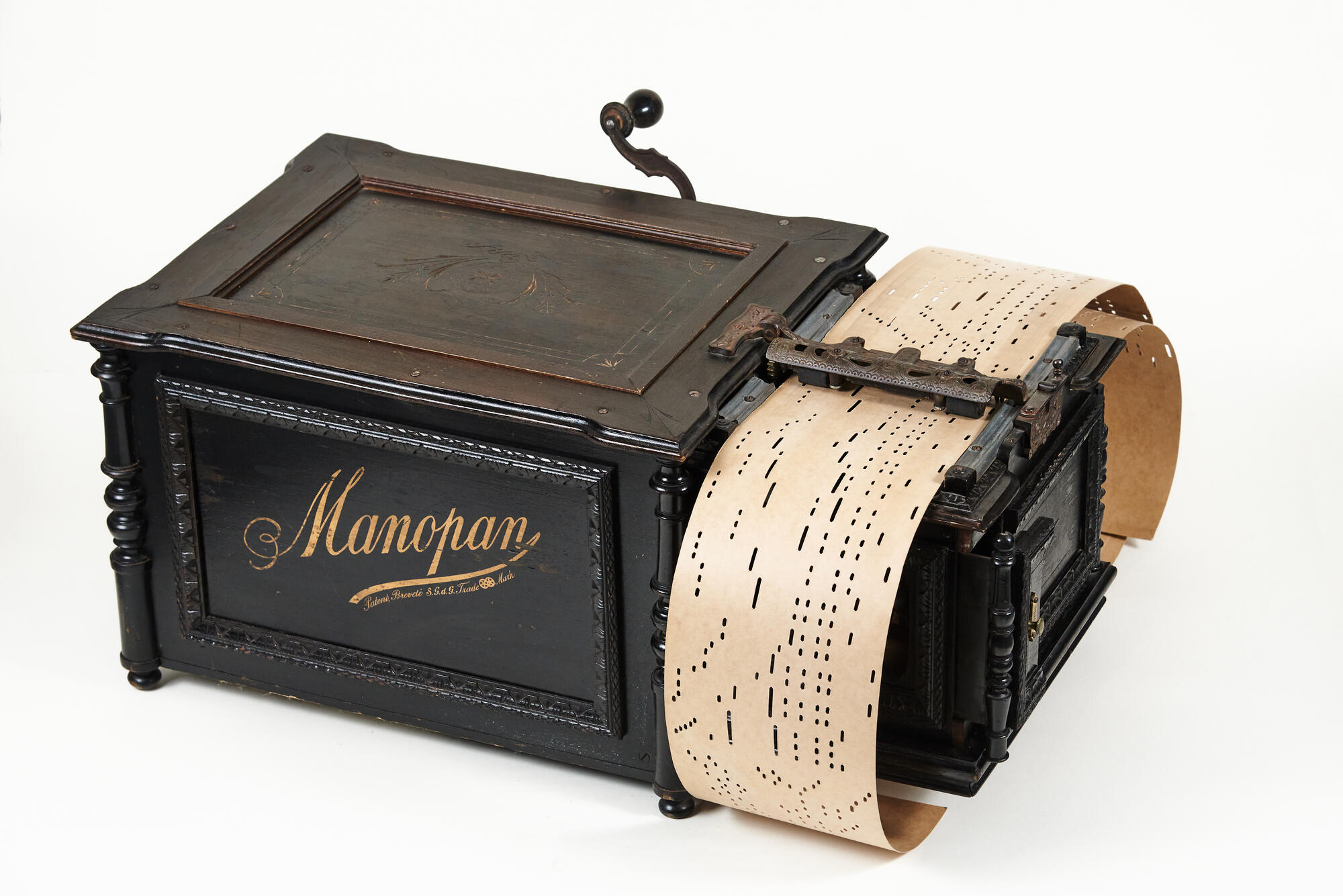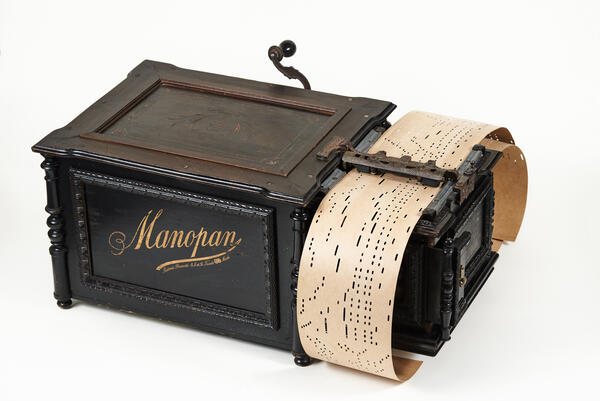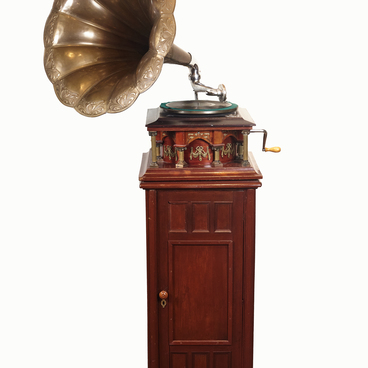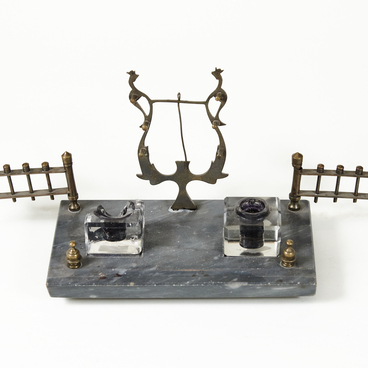An organette is what a table organ used to be called. This is the type of music boxes which was very popular until more convenient and technically advanced phonographs were invented. The organette consists of bellows with tubes inside the box, and its design is similar to that of an organ. The instrument is controlled by moving a roller.
Sounds made by a music box resembled the sounds of an accordion or a bayan. All these musical instruments are close relatives, hence the sound similarity. Initially, music boxes were only intended for teaching songbirds and were called ‘chizhovka’ (the Russian word ‘chizh’ means ‘a yellowbird’) or ‘drozdovka’ (the Russian word ‘drozd’ means ‘a blackbird’).
Music boxes were created in France at the end of the 17th century and became available in Russia in the early 19th century. Specialists from different countries have been modifying the device and giving it different names for centuries. Russians started to call organettas ‘sharmanka’, which was derived from the song ‘Scharmante Katharine’ (‘Charming Catherine’). People liked the song very much, and soon the device has acquired its another name — ‘katerinka’.
The music box’s popularity started to fade at the beginning of the 20th century. It was much easier to start up a gramophone and other new playback devices while the music box required the handle to be constantly turned. Another reason was the music box’s limited musical repertoire in comparison with more advanced players. A music box operator could only play 6-8 melodies, which had been previously recorded on the roller.
Such devices, which are based on rotational motion, were called ‘cammed’. They have been known since the ancient times. The cammed pins of the music box were attached to rotating cylinders and alternately produced one or another note. The music box was often equipped with a special device that served to distort the sound, making it intermittent and trembling. The purpose of it was to move the listeners to tears. There were also reeded music boxes, which nowadays are used as children’s toys.
The standard music box repertoire consisted of the most popular old songs: “Matushka-golubushka” (“Mother-darling”) or “Vdol” Po Piterskoy’ (‘Along the St. Petersburg Street’). The song ‘Maroussia Otravilas’ (‘Maroussia Poisoned Herself’).
Sounds made by a music box resembled the sounds of an accordion or a bayan. All these musical instruments are close relatives, hence the sound similarity. Initially, music boxes were only intended for teaching songbirds and were called ‘chizhovka’ (the Russian word ‘chizh’ means ‘a yellowbird’) or ‘drozdovka’ (the Russian word ‘drozd’ means ‘a blackbird’).
Music boxes were created in France at the end of the 17th century and became available in Russia in the early 19th century. Specialists from different countries have been modifying the device and giving it different names for centuries. Russians started to call organettas ‘sharmanka’, which was derived from the song ‘Scharmante Katharine’ (‘Charming Catherine’). People liked the song very much, and soon the device has acquired its another name — ‘katerinka’.
The music box’s popularity started to fade at the beginning of the 20th century. It was much easier to start up a gramophone and other new playback devices while the music box required the handle to be constantly turned. Another reason was the music box’s limited musical repertoire in comparison with more advanced players. A music box operator could only play 6-8 melodies, which had been previously recorded on the roller.
Such devices, which are based on rotational motion, were called ‘cammed’. They have been known since the ancient times. The cammed pins of the music box were attached to rotating cylinders and alternately produced one or another note. The music box was often equipped with a special device that served to distort the sound, making it intermittent and trembling. The purpose of it was to move the listeners to tears. There were also reeded music boxes, which nowadays are used as children’s toys.
The standard music box repertoire consisted of the most popular old songs: “Matushka-golubushka” (“Mother-darling”) or “Vdol” Po Piterskoy’ (‘Along the St. Petersburg Street’). The song ‘Maroussia Otravilas’ (‘Maroussia Poisoned Herself’).



